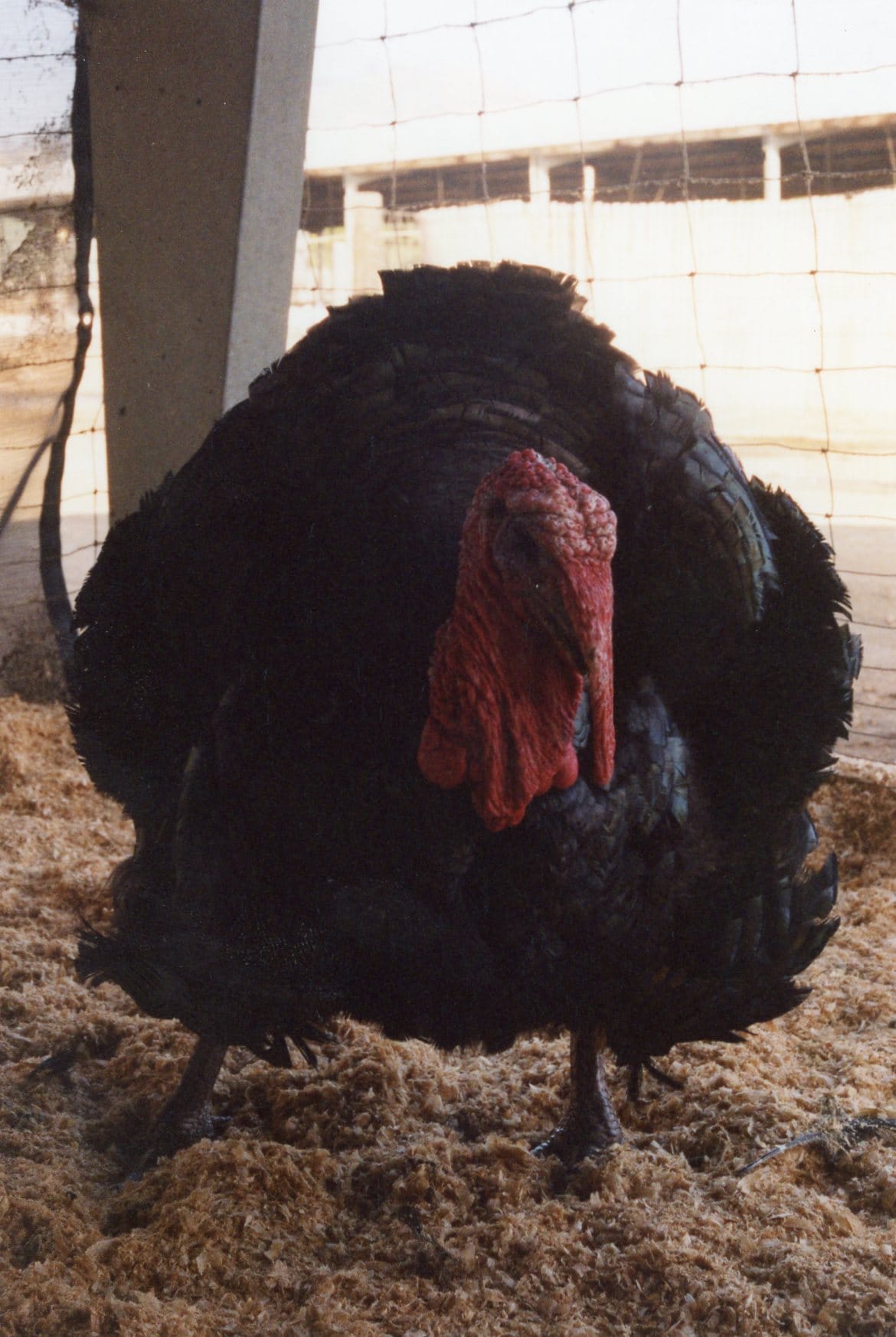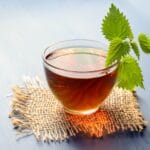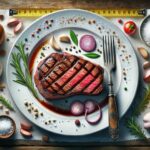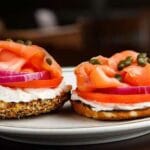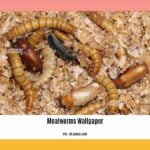The Broad Breasted Bronze turkey: a majestic bird prized for its rich bronze plumage, exceptional meat quality, and substantial size, but demanding specialized care. This complete guide covers everything from breeding and raising these magnificent birds to preparing delicious meals, catering to both experienced farmers and home cooks.
Understanding the Broad Breasted Bronze Turkey
A Majestic Bird with a Storied Past
The broad breasted bronze turkey boasts a fascinating history, originating from a blend of old-world English domestic turkeys and their wild American cousins. Their striking bronze plumage is a true showstopper, resulting from centuries of selective breeding. While their delicious meat is a major draw, their impressive size presents unique challenges, as we’ll explore. The development of the Broad Breasted Bronze, in particular, represents a significant shift from its Standard Bronze counterpart, a change driven largely by a focus on maximizing meat yield. This transformation, however, has introduced complexities in breeding and overall bird health that must be carefully considered.
Comparing Bronze Breeds: Standard vs. Broad Breasted
While both Standard and Broad Breasted Bronze turkeys share the same striking bronze plumage, they differ significantly in size, breeding requirements, and even meat quality. The Standard Bronze maintains a more natural build and is often praised for its richer, more intense flavor. In contrast, the Broad Breasted Bronze, a result of intensive selection for a larger breast, showcases a significantly larger size but presents breeding and health challenges.
| Feature | Standard Bronze Turkey | Broad Breasted Bronze Turkey |
|---|---|---|
| Size | Smaller, more compact | Significantly Larger |
| Breast Width | Narrower | Very Broad |
| Breeding | Natural mating often successful | Artificial insemination frequently required |
| Meat Quality | Excellent, often considered more intensely flavored | Excellent, often considered richer but possibly less intensely flavored |
| Market Value | Good | Higher |
This table highlights the key differences. The optimal choice depends on your goals and resources.
Breeding and Raising Broad Breasted Bronze Turkeys
Breeding: A Balancing Act
Breeding Broad Breasted Bronze turkeys isn’t straightforward. Their exceptionally broad breasts often hinder natural mating, making artificial insemination (AI) almost essential for successful breeding. While AI requires expertise, it dramatically increases the likelihood of successful hatching and poult survival. Some experts suggest that further research into alternative breeding methods to mitigate the limitations of natural mating for this breed could be beneficial. There is ongoing debate about the ethical implications of relying solely on AI, given the inherent health complexities associated with the breed.
Raising Healthy Turkeys: Essentials for Success
Raising healthy Broad Breasted Bronze turkeys demands dedication. Providing ample space, implementing a balanced feeding strategy, and prioritizing disease prevention are all critical. These birds need room to roam, dust bathe, and engage in natural behaviors. Careful selection of high-quality feed, possibly supplemented with specific nutrients depending on growth stage and overall health of the flock, may enhance meat quality and overall bird health. There is some evidence that different feed types may improve or change the taste. The ongoing research in this area suggests the possibility of developing feeding strategies that optimize both growth and meat flavor.
Housing Your Flock: A Sanctuary for Success
Secure housing that protects from the elements is vital. The coop should be sturdy and well ventilated but also large enough to accommodate the turkeys’ significant adult size, minimizing stress and potential health problems associated with overcrowding.
Feeding for Success: Fueling Flavor and Health
Nutrition plays a crucial role in both the turkeys’ health and the flavor of their meat. While commercially available turkey feed forms a foundation, supplementing their diet may further enhance meat quality. Experimentation with different feed types and supplements, keeping detailed records for tracking results, could lead to tastier, healthier birds. Ongoing research explores the optimal dietary composition for enhancing both flavor and overall health; so, stay updated with the latest findings. A healthy bird creates the most delicious meat!
Disease Prevention: Proactive Measures are Key
Regular veterinary check-ups are essential for proactive disease management. Maintaining a clean environment and strict biosecurity practices (preventing disease introduction) are critical for reducing the risk of health issues such as blackhead disease, avian influenza, aspergillosis, and coryza. These birds, due to their selective breeding for size, are generally more susceptible to disease than other breeds. Some experts believe that addressing the immune system weakness remains a key challenge for the breed’s long-term health. Ongoing research in this field continues to explore potential solutions.
The Challenges of Broad Breasted Bronze Turkeys
One major downside is their breeding difficulties. Years of selecting for larger breasts have made natural mating nearly impossible for these birds. The toms’ considerable size often prevents successful mating with hens, necessitating artificial insemination. This complicates and increases the cost of breeding.
Their immense breast size frequently leads to significant leg problems. The added weight puts considerable strain on their legs, often resulting in lameness, deformities, and general weakness. This impacts their mobility, foraging ability, and overall quality of life. Some experts suggest the leg problems are directly related to selective breeding practices, highlighting the potential trade-offs that might require further investigation. Ongoing research is exploring methods to create a balance between large size and good leg health.
Their selectively bred larger size has also weakened their immune systems, making them more vulnerable to various diseases. This translates into increased veterinary costs and the risk of bird loss. Some experts believe that improving their immune response represents a crucial area for future research and development of the breed.
Processing these birds also poses challenges. Dark pin feathers make cleaning the carcasses a more time-consuming and labor-intensive process. This increases processing costs and can affect the birds’ market value.
Considering the ethical implications is crucial. The various physical limitations raise important questions about responsible breeding practices that prioritize bird well-being.
Here’s a summary table:
| Disadvantage | Description | Impact |
|---|---|---|
| Breeding Difficulties | Inability to mate naturally, requiring artificial insemination. | Increased costs, reduced reproductive success |
| Leg Problems | Lameness, deformities, and leg weakness due to the weight of the large breast. | Reduced mobility, increased risk of injury, poor quality of life |
| Health Vulnerabilities | Compromised immune system, increased susceptibility to diseases. | Higher veterinary costs, potential loss of birds |
| Processing Challenges | Dark pin feathers, making processing more time-consuming and labor-intensive. | Increased processing time, potentially impacting aesthetics and market value |
| Increased Overall Costs | Cumulative costs of specialized care, artificial insemination, and potential losses outweigh benefits. | Reduced profitability |
It’s crucial to carefully weigh these disadvantages against the benefits before deciding if this breed is suitable.
Size and Growth of Broad Breasted Bronze Turkeys
Broad Breasted Bronze turkeys are significantly larger than many other breeds. However, their exact size depends on factors like gender, age, genetics, and overall health.
Average Weights and Sizes
This table provides average weights and sizes. Individual variation is expected.
| Gender | Age (Weeks) | Average Weight (lbs) | Average Length (inches) | Average Wingspan (inches) |
|---|---|---|---|---|
| Tom | 8 | 4-6 | 12-15 | 30-36 |
| Tom | 16 | 15-20 | 24-30 | 48-60 |
| Tom | Mature | 35-40 | 36-48 | 72-78 |
| Hen | 8 | 3-5 | 10-12 | 24-30 |
| Hen | 16 | 10-15 | 18-24 | 42-48 |
| Hen | Mature | 18-20 | 28-36 | 60-66 |
Factors Influencing Size
Nutrition, genetics, health, and environmental factors all play a role in their final size.
Culinary Delights and Market Potential
Broad Breasted Bronze turkeys are prized for their rich, flavorful meat, offering diverse culinary possibilities beyond the traditional Thanksgiving roast. Their size makes them ideal for large gatherings, while their flavor profile caters to discerning palates. The market demand for high-quality turkeys, especially during holidays, creates a lucrative opportunity for farmers and producers. Exploring niche markets such as high-end restaurants and specialty food stores can further enhance profitability. Market prices vary considerably based on factors such as size, method of raising (organic, free-range), and the season.
Conclusion: Embracing the Challenge
Raising Broad Breasted Bronze turkeys presents unique challenges, but the rewards – culinary and potentially financial – can be substantial. Careful planning, diligent care, and a thorough understanding of the breed’s specific needs are essential for success. This guide provides a starting point; continued learning and adaptation based on your specific circumstances are crucial for optimal results. Remember to consider the ethical implications and strive for responsible and sustainable practices.
- SYBAU See You Baby Meaning: Gen Z Slang Evolves - July 1, 2025
- Unlock Your Inner Youth: Lifestyle Secrets for a Vibrant Life - July 1, 2025
- Decode SYBAU Meaning: Gen Z Slang Explained - July 1, 2025
